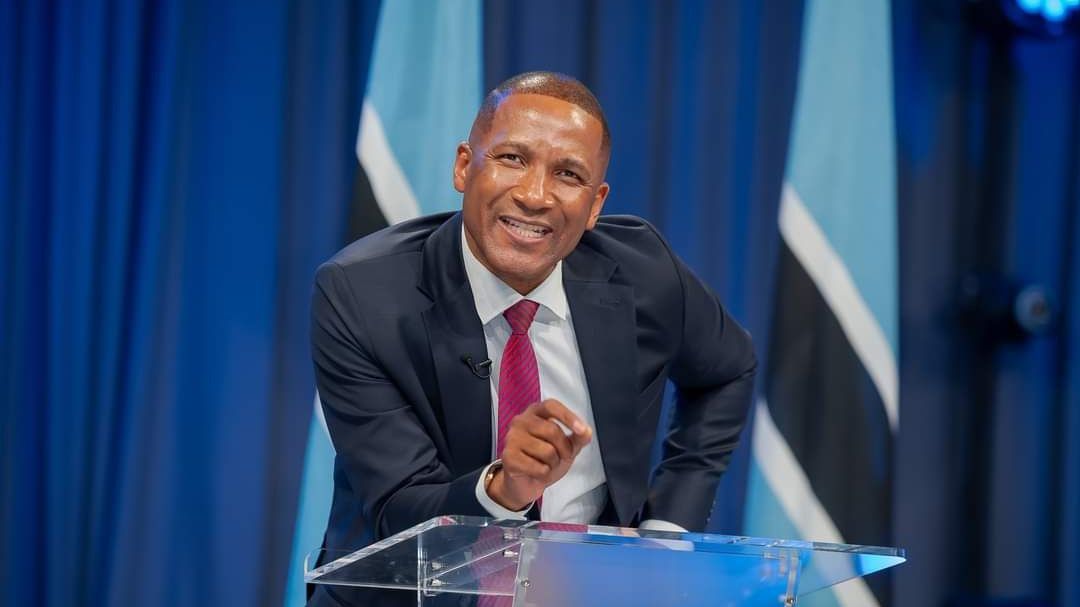The US Constitution describes procedures for Presidential elections, but it does not stipulate how presidential candidates are selected. The two dominant Parties have developed a unique system to choose over a period of months their nominees through Primaries, a complicated process involving individual elections (or caucuses) in each state plus the District of Columbia and some US Territories, with each Primary electing delegates who will gather together at the Party's Convention (in July or August of the election year) when the Presidential Candidate will be officially selected. After the Convention, each confirmed Presidential Candidate will select a Vice-President, and the two will run together as a single ticket in the general election in November.
The Primaries process is managed, in cooperation with the Parties, by 51 State Governments, who determine who will be included on Presidential ballots for the presidential election in their state, but procedures vary widely from one state to the next, or even between Parties within a state.
What is a caucus? Party supporters meet in person with voters who through discussion come to a selection of the winning candidate for that particular group. This informal process, which used to be generalized, has been increasingly replaced by secret ballot elections, today only Iowa, Nevada, North Dakota, Wyoming retain caucuses.
Presidential Primary Elections take a wide variety of forms, including:
- Closed (20 states + Washington DC) require that voters be registered as Party members,
- Partially Open (15 states), where Party members and un-affiliation persons can vote,
- Fully Open (16 states[1]), where any voter can vote.
In allocating delegates some states run winner-take-all Primaries (more Republican Primaries), where the candidate that receives the most votes gets all of that state's delegates, others use proportional voting (more Democratic Primaries), where candidates receive delegates in proportion to the percentage of votes they receive, or there is a mix of the two.
Voter turnout in Primaries is much lower than in Presidential elections: in 2016 and 2020, about 25% of eligible voters participated in Primaries as compared to 66% turnout for the 2020 Presidential election. Also, voters in Primary elections do not represent the same profile as in the general election, they tend to be older, wealthier and much more strongly affiliated to a given Party, often representing the more radical positions held by their Party.
When a first-term President is seeking re-election as was the case for Trump in 2020 and is the case for Biden in 2024, the President normally controls the Party apparatus and easily wins the Party candidacy, but for almost all other cases, the Primary race is long (January-June/July) and arduous with massive media coverage, the process gradually eliminates a typically long list of candidates (29 Democratic candidates in 2020, 11 Republican ones for 2024) leaving a single winner.
There can be major swings in momentum from one candidate to another during the long Primary season, beginning with the Iowa caucus (January 15, 2024) and continuing with New Hampshire (January 23, 2024), two states that have a mix of population not typical of the average in the U.S. The impact of these two races is great due to their early timing and intense media coverage but winning them serves as a poor prediction for the eventual winner. The picture is usually clarified by “Super Tuesday”, March 5, 2024, when on a single day about one-third of the delegates will be elected.
The final candidate selection is confirmed only at each Party's National Convention, when the winning candidate must receive a majority of delegate votes. The Republican Party National Convention in 2024 will be in Milwaukee, Wisconsin July 15-18, 2024 with the winner needing 1,234 out of 2,467 delegate votes. The Democratic National Convention will be in Chicago, Illinois August 19-22, 2024, the winner will need the votes of 1886 of 3770 delegates.
Although it has not happened since 1952, it is possible for no majority winner of delegates to emerge from the Primary season, at which time the Party in question approaches its National Convention with uncertainty, leading to a Contested or Brokered Convention, with multiple ballots to select the winner. Although the rules governing this process differ between the Parties, typically delegates who must vote according to the results of the Primary election in the first round of voting are free to change their vote, leading to active negotiations to select a consensus candidate.
Patrick Siegler-Lathrop is a dual-national American-French businessman living in Portugal, having pursued a career as an international investment banker, an entrepreneur-industrialist, a university professor and a consultant. He is the author of numerous articles on the US and a book, "Rendez-Vous with America, an Explanation of the US Election System". He is currently the President of the American Club of Lisbon, a 76-year old organization "promoting goodwill and understanding between people and cultures". For more information: https://RendezVouswithAmerica.com
The opinions expressed herein are personal and not those of the American Club of Lisbon.

















